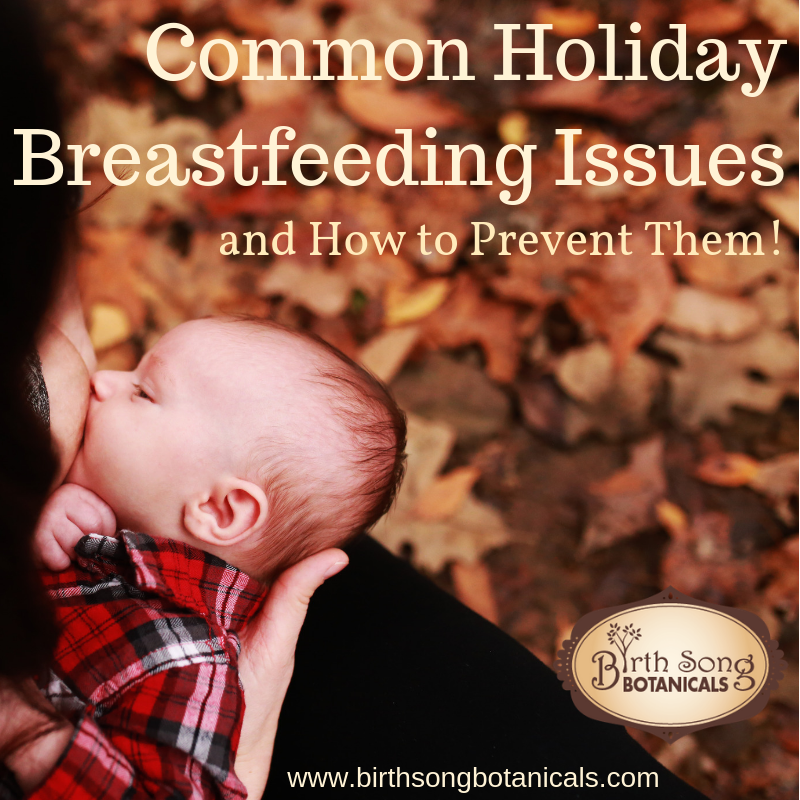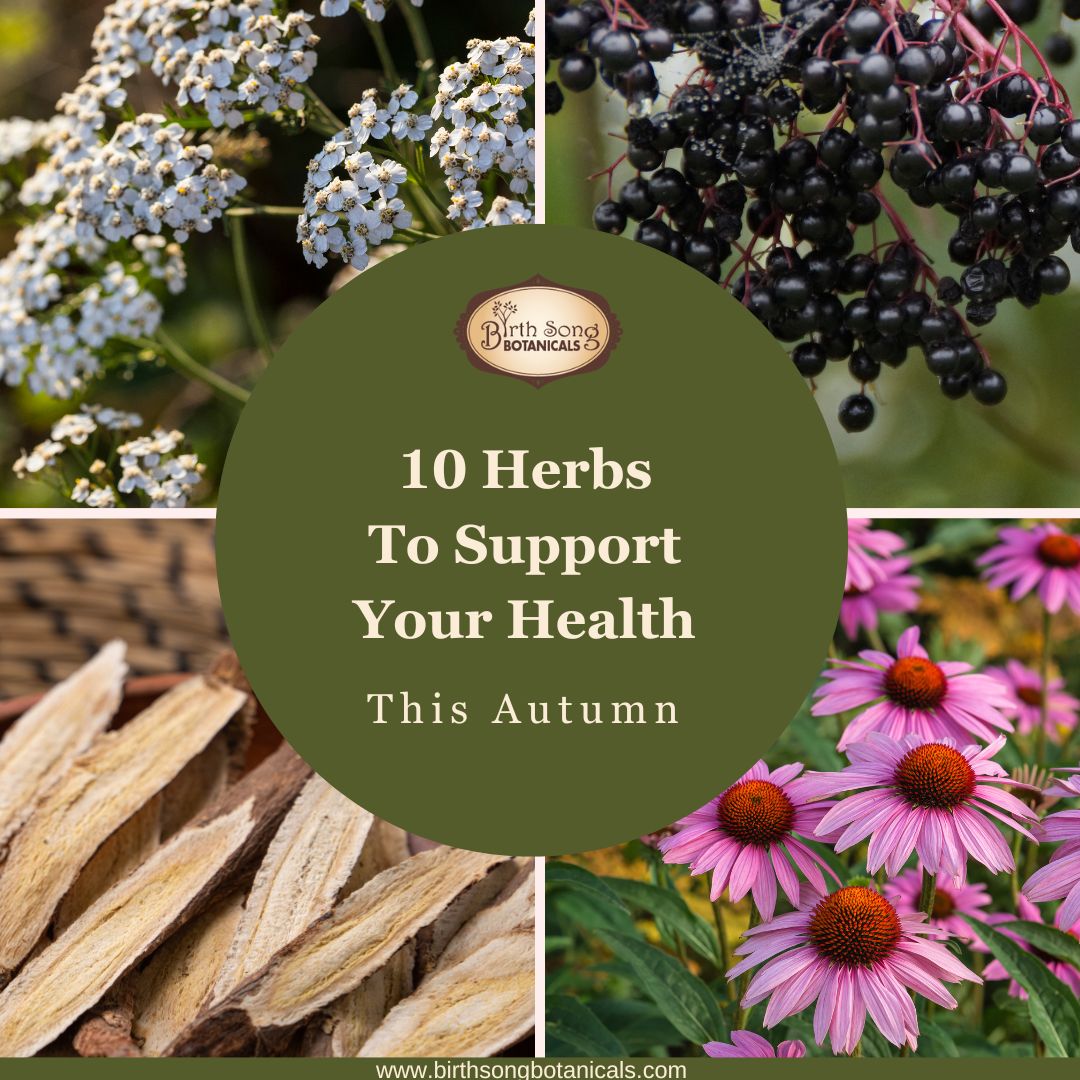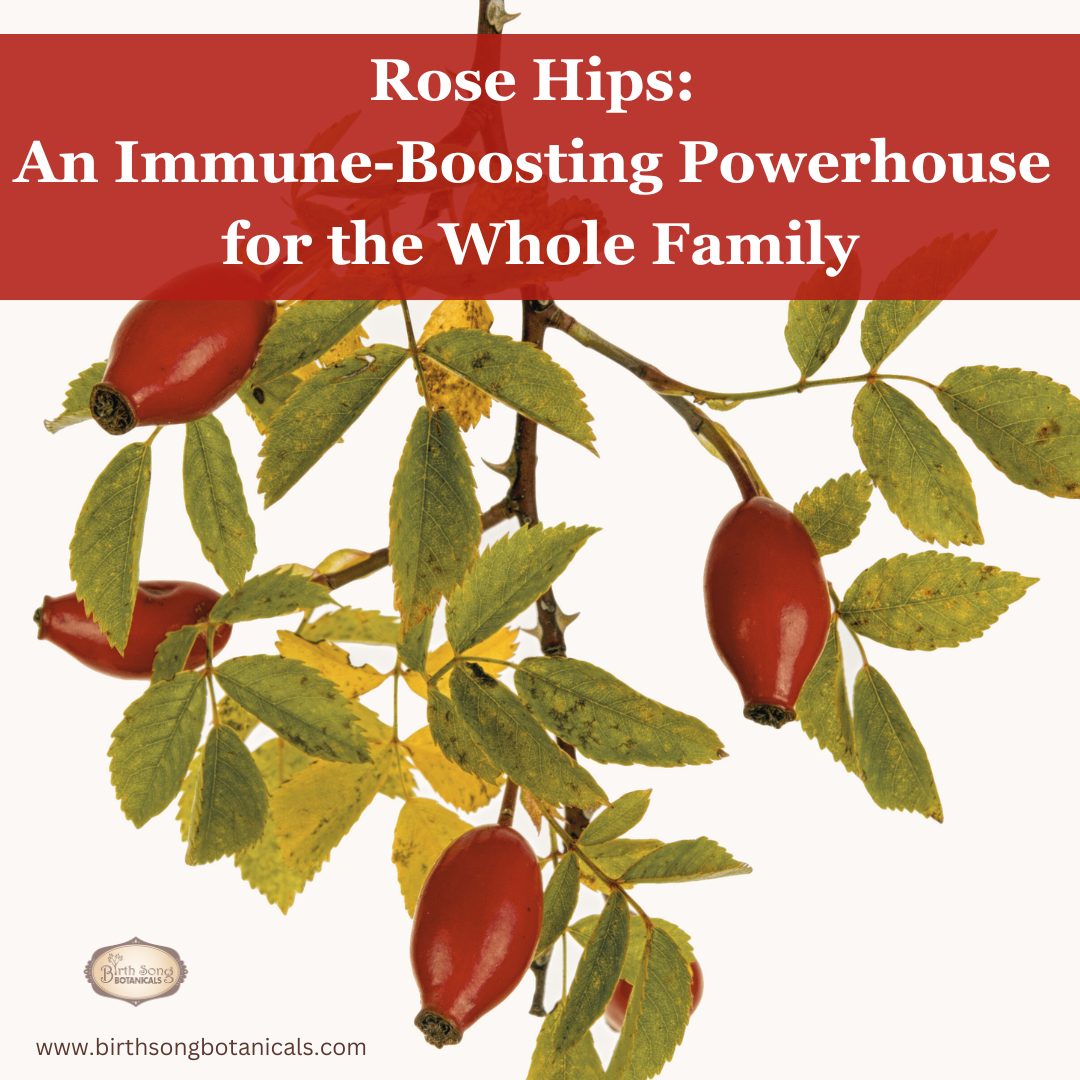How to Heal Sore Nipples from Breastfeeding
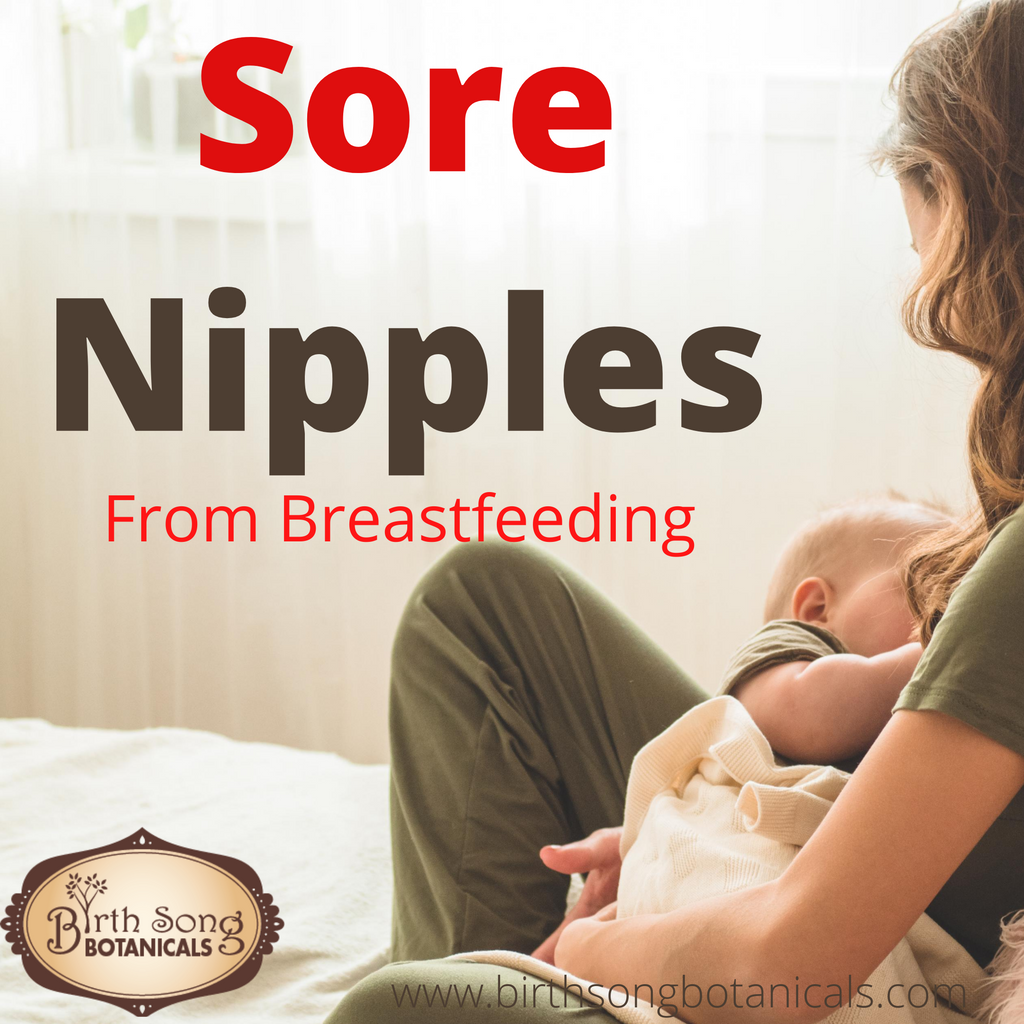
If you have sore, cracked nipples from breastfeeding, you know how bad nursing your baby can hurt! This might sound like an exaggeration to say it's one of the worst (physical) sensation a mom has to endure. You cringe every time baby latches, bracing for the sharp, radiating pain. You hold your breath as baby sleeps, knowing that her waking up means another painful nursing session. Even the most dedicated breastfeeding mom has had the fleeting thought that it's too hard.
Watch on Youtube:
Listen on SoundCloud:
Today's post is about what is causing your sore nipples and how to treat it so you can keep breastfeeding!
What is Normal Pain While Nursing?
It is important to understand and prepare yourself for the reality that it's normal to experience nipple pain for the first few weeks. Cracking, bleeding, and blisters are common. Gradually your nipple pain should improve after about two weeks. Also, in the early days of breastfeeding, when your baby initially latches on, you might feel burning or stinging for the first 30-60 seconds. As you nurse, the pain should subside, and your nipples are not sore in-between nursing sessions.
8 Best Breastfeeding Practices
- 1. Prepare your nipples prenatally by gently massaging, twisting and stretching your nipples. It is very helpful to stimulate your breast a little everyday to prepare them for the intensity of breastfeeding.
- 2. Look for feeding cues and try to latch the baby on before she starts crying. When you notice her lick her lips and turn her head with her mouth open as if she is looking for your breast, try to nurse her right away. Once you wait for her to scream, it is much harder for both of you to calm down and master your new skill.
- 3. Strip the baby down to just her diaper so, you are both skin to skin.

- 4. Get into a comfortable nursing position. Bring your baby to the breast instead of you bringing your breast to the baby. Make sure the baby's ear, shoulder, and hip are all in alignment and that you are belly to belly. The goal is to get the baby to have a nice deep latch that can help them to pull milk out of the breast. To do this, align the baby's nose with your nipple. Pull back on your breast tissue to make it easier for him to latch on. Tickle baby's lips with nipple and wait for the baby to open wide (like a yawn). Then latch him on, assuring that baby has the nipple angled toward the back roof their mouth, most of the areola is in their mouth, and their lips are phalanged.
- 5. Look for signs that the baby is finished nursing. You will notice their hand is not in a tight fist anymore. Instead, her hand is open and relaxed. She may still want to nurse to self soothe. However, if you already have sore nipples, she is using you as a pacifier, which can hurt your nipples even more. This type of nursing is called non-nutritive sucking. You are looking for nutritive feeding sessions. You will recognize it when she is actively sucking, drinking, and swallowing. Her jaw and ears will be moving as she nurses. If she is not actively nursing, take her off the breast.
- 6. Don't just pull your baby off the breast. Break the suction by placing your pinkie in the side of her mouth to unlatch her. If you just pull her off, it will hurt and damage your tissues, and you will never make that mistake again!
- 7. When you are finished nursing, hand express some colostrum or milk and rub it into your nipple and areola. In the privacy of your home, allow yourself to go topless and air dry. Fresh air and sunlight are natures healers.
- 8. Nipple confusion is a real problem for newborns learning to nurse. If you are committed to establishing breastfeeding relationship with your baby while you are establishing your milk supply and you healing your sore nipples, avoid artificial nipples such as pacifiers, and bottles.

8 Reasons Breastfeeding Hurts that Need to Be Addressed
If you suffer from sore, cracked, or bleeding nipples with fissures or blisters, please pay attention to rule out the problems and avoid other breastfeeding issues like low milk supply, poor weight gain, and clogged milk ducts.
Your first action is to take a deep breath and know that breastfeeding is part of the great work of motherhood. There is a learning curve, and you and your baby are learning to nurse together. There are solutions, and you have access to all the resources you need to be successful. We are here to support you, and so is your greater breastfeeding community! You are a member of a global community of women who are going through the same struggles and have successfully nursed their babies!
Before any healing can begin, you need to identify the source of the problem. So, the next step is to call a lactation consultant or La Leche League Leader, or your midwife. Unfortunately, your pediatrician will be quick to recommend formula, medications, and other "solutions" that don't support breastfeeding success. Of course, seek medical attention if you need it. And seek breastfeeding advice from breastfeeding experts!

1. Check your nursing positions– Is baby's ear, shoulder, and hip aligned, and are belly to belly? Or is his head twisted, causing strain or pulling on your nipple? Switch nursing positions frequently to give your nipples a break and to fully empty the breast and relive engorgement.
2. Check the latch- A poor latch is the number one cause of residual nipple pain. Check baby's lip position – Are they flanged, fully outward on top and bottom? Is the nipple angled to the back and top of the baby's mouth? Is most of the areola in the baby's mouth, or is the baby nursing on the nipple? If the baby does not latch correctly, take her off, and re-latch her. Don't just sit and suffer through the nursing session; this just makes things worse!

3. Check your nipple- What does your nipple look like after nursing? If it looks rounded like it normally does, that's great. But if it looks pinched or like a tube of lipstick, then you have a poor latch. Also, notice where your fissures are. Are they at the bottom of your nipple? If so, you don't have enough of the areola in their mouth and the baby is pulling on your nipple.
4. Check your nipple anatomy- do you have flat or inverted nipples? Breastfeeding is still possible with inverted nipples. The more the baby nurses, they can pull your nipple out and change your breast shape. You will need extra assistance if this is your situation.
5. Check for engorgement or clogged milk duct or mastitis- When your milk comes in, you might experience breast engorgement, a clogged milk duct. If you feel heavy full rock hard lumps in your breasts, it is hard for your baby to latch on correctly.
6. Check for lip and tongue tie If there are adhesions in the baby's mouth, this can negatively impact breastfeeding, and they must be evaluated and addressed by an expert.
7. Check for yeast or thrush -Signs and symptoms of yeast looks like a white milk-like film on your baby's tongue or roof of the mouth that can't be wiped off. Thrush is quite a tenacious problem that lingers if it is not properly treated.
8. Check your pump- If the pump flange is too big or small, it can cause nipple pain. Look and see if your entire areola is getting pulled into the flange, then it might be too big. If your nipple rubs up against the edges, causing friction, then it is too small.
How to Heal Cracked, Damaged, and Sore Nipples from Breastfeeding
Your first tip is to practice all the best breastfeeding practices that we just covered.
Some moms really like cool gel pads on their sore nipples. I recommend harnessing herbs' amazing healing qualities and making a cool herbal compress made from your postpartum herb bath. We have easy to follow directions in our DIY Postpartum Padsicle post to make your breast pads.
Soak in a full postpartum herb bath. Lay on your side and get your whole breast submerged. Soak for at least 15-20 minutes. The nice thing about Postpartum Herb Bath is that your baby can get in the bath with you. When they are back in the aquatic environment, they relax and can learn to nurse better. The herbs in our postpartum herb bath are great at preventing infection and for tissue repair.
Use a gentle healing salve to soothe cracked, bleeding, and raw nipples. Lanolin is a common recommendation, but I prefer using an herbal nipple healing salve. Our Herbal Sore Nipple Salve blended with Calendula and Plantain and Pau De Arco is formulated with food-grade ingredients and organic herbs. It is safe for babies to ingest. You can apply a small amount to your sore, cracked, nipples to bring much-needed relief. These herbs are antimicrobial so, they help keep bacteria growth at bay. They are anti-fungal so, they are beneficial for thrush and yeast. They are cell proliferators that promote healthy skin integrity. Plus the olive oil and bees wax acts as a protective barrier from friction and moisture.
Use a nipple shell in your bra. A nipple shell is a round plastic shell that applies pressure at the base of your nipple, pressing it and causing it to extend. The nipple shell is very helpful later, too, when you are breastfeeding, and you want to protect your nipples from fabric rubbing on your sore nipples.

Use a nipple shield as a temporary aid to get you through the most challenging times. I encourage you to try to nurse without the nipple shield, if at all possible. Remember, directly breastfeeding with inverted nipples stretches the tissue. It is helpful to pull out your nipple before you nurse with either the nipple bell or the breast pump. You want the baby to latch well and pull that tissue loose, and nipple shields do not address the issue. Nipple shields can prolong your problem if not used properly. They are notorious for sore nipples, low supply, poor weight gain, and other breastfeeding complications. So, avoid the shield, if at all possible. If you do need it, know that it is only a temporary solution and plan on weaning off the shield as soon as possible.
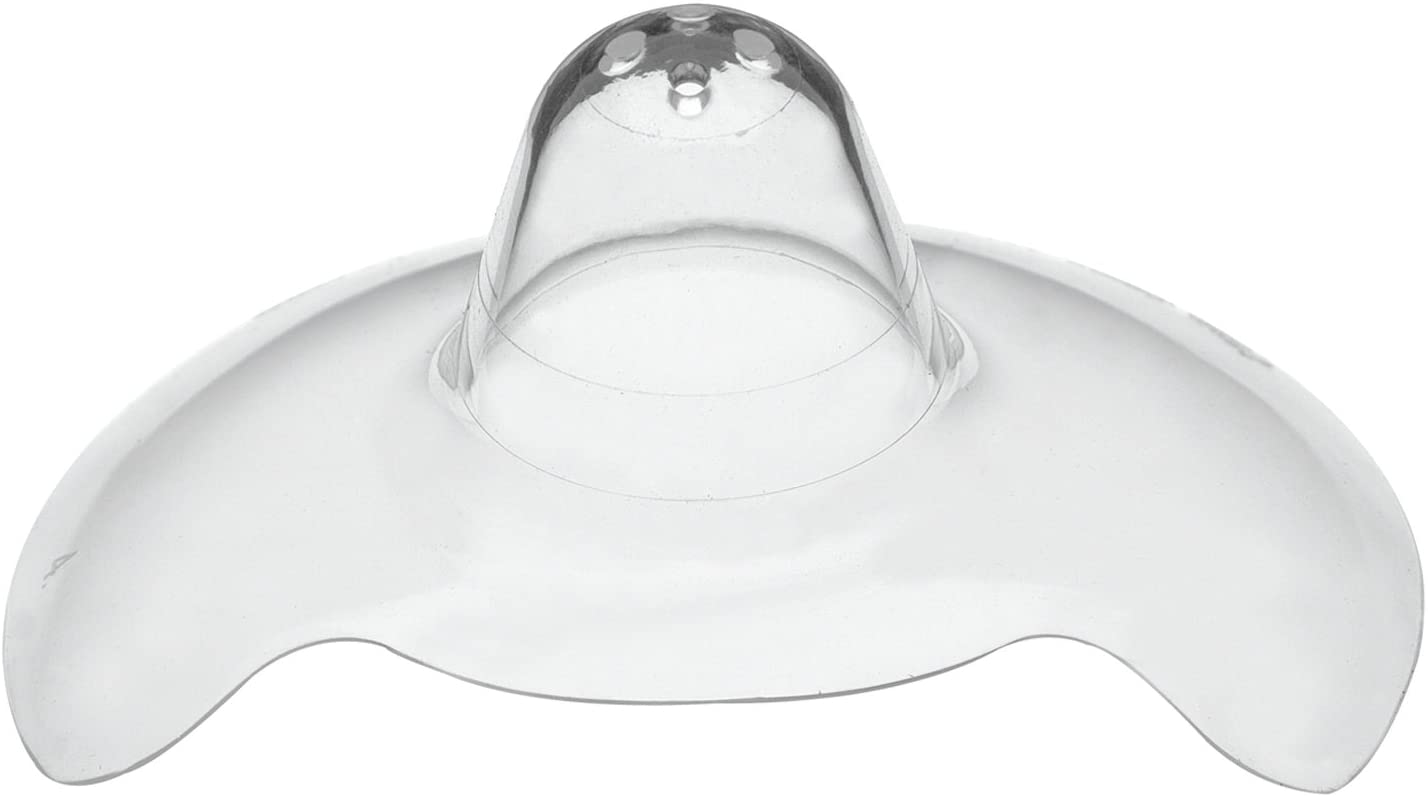
Stick with it! Keep Nursing!
The most important thing is to not give up. The answer for nursing woes is almost always to keep nursing and learning! I sincerely hope that this post offers you some practical tips and heartfelt motivation and encouragement. Seek out the support of other breastfeeding mamas and experts who've been where you are and gotten through it. This too, is temporary!
Girl, I'm so proud of you. I sincerely hope this posts supports your breastfeeding journey.
Hug your sweet baby, and remember to let your love and your milk flow!
Maria
🌿
🌿Want More?!? Check These Out! 🌿
Breastfeeding Immediately After Birth
7 Tips for Breastfeeding Success
The Ultimate Breastfeeding Guide
Breastfeeding 101- Best Breastfeeding Practices
Four Healthy Habits to Start on Your Baby’s First Day
8 Things I Wish I Knew About Breastfeeding Before Giving Birth!
How to Treat Clogged Milk Ducts and Prevent Mastitis.
Why Do I Have a Low Milk Supply?
How to Increase Your Breastmilk Supply Quickly
Treating Nipple Thrush Naturally
How to Heal Sore Nipples from Breastfeeding
How to Achieve A Proper Breastfeeding Latch
Herbs To Avoid While Breastfeeding
Benefits of Fenugreek for Breastfeeding
Safe Herbs for Breastfeeding With A Cold
Breastfeeding While Sick
The First Few Weeks of Breastfeeding
Best Baby Carriers for Breastfeeding
Four Common Breastfeeding Problems and Solutions
Three Lactation Problems and How to Solve Them
Three Breastfeeding Tips for New Moms
How to Include Your Partner While Breastfeeding
How Often Should I Breastfeed?
How to Wake a Sleepy Newborn to Breastfeed
Is My Baby Getting Enough Milk?
Normal Weight Gain for Breastfed Babies
4 Signs Your Baby is Having a Growth Spurt
Breastfeeding A Baby with Tongue or Lip Tie
Breastfeeding After a Cesarean Section
Breastfeeding in Special Circumstances
Breastfeeding with Flat or Inverted Nipples
Breastfeeding a Pre-Term Baby
Tandem Breastfeeding
Breastfeeding Twins
Do I Need A Breast Pump?
Pumping Breast Milk to Return to Work
Breastfeeding Nutrition
Healthy Snacks for Breastfeeding
How to Know If You’re Dehydrated While Nursing
Breastfeeding Boosts Babies' Immune Systems and Prevents Illness
Breastfeeding Saves Sleep
Safe Co Sleeping with Your Baby
Tips for Breastfeeding While Pregnant
Breastfeeding in Public
Breastfeeding and Sex
Breastfeeding and Birth Control
The Relationship Between Breastfeeding and Menstruation
When Will My Menstrual Cycle Return After Having a Baby
Five Benefits to Extended Breastfeeding
How Breastfeeding Changes As Baby Grows
Five Reasons to Breastfeed Your Baby After Six Months
Weaning Gently and Intuitively
Is CBD Oil Safe for Breastfeeding and Lactation?
Can I Drink Alcohol and Breastfeed?
How My Breastfeeding Failure Was My Biggest Win
Common Holiday Breastfeeding Issues and How to Prevent Them!
Re-Lactation and Induced Lactation: Breastfeeding After a Break or When You Never Have
Remember to:
Like our Birth Song Botanicals Facebook Page
Follow Birth Song Botanicals Co. on Instagram
Read our Birth Song Botanicals Blog
Watch Birth Song Botanicals on Youtube
Listen to Birth Song Botanicals on SoundCloud
Be inspired by Birth Song Botanicals on Pinterest

Download your free copy of 7 Tips for Breastfeeding Success when you sign up to our email list!











